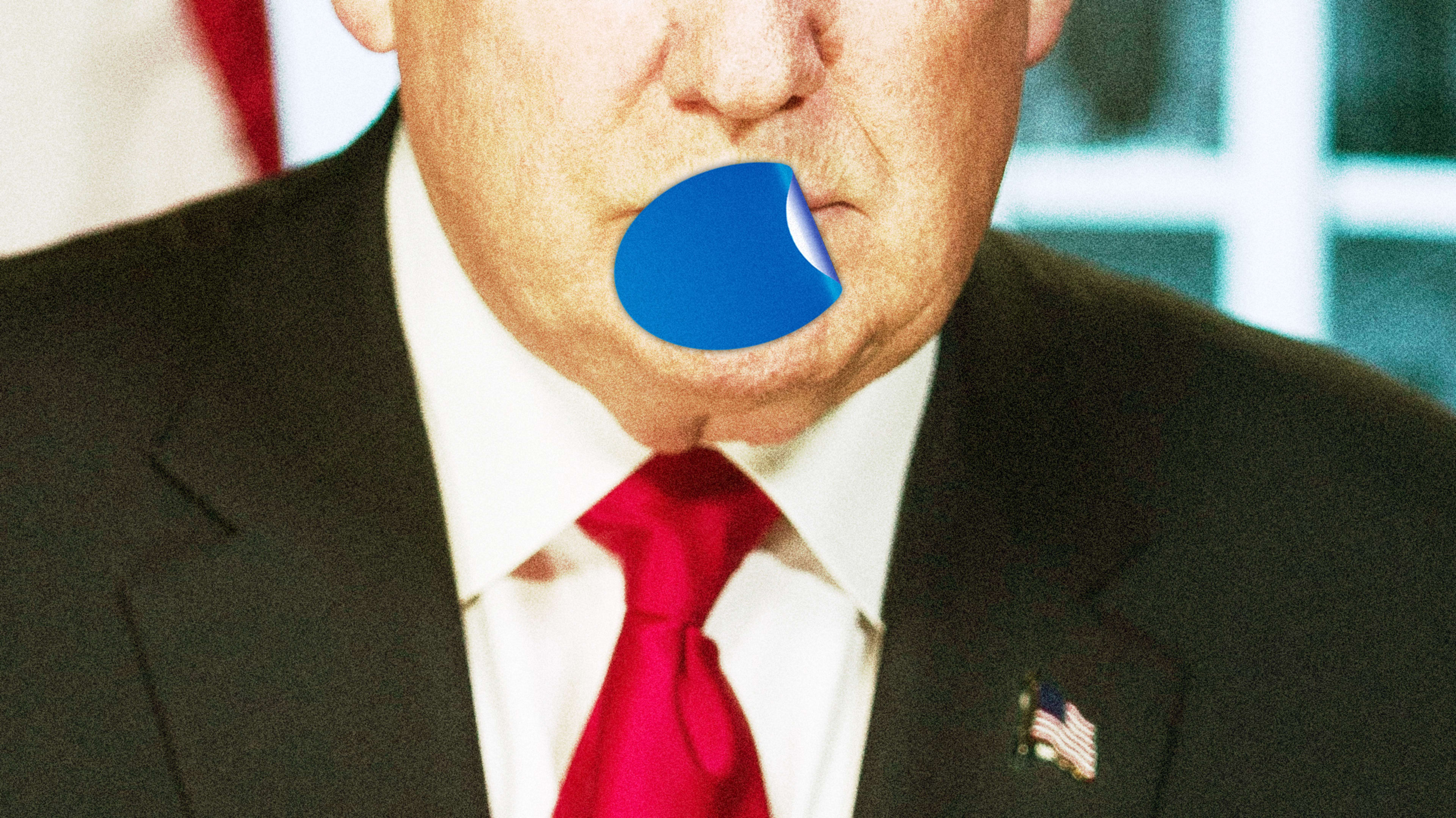When Elon Musk restored Donald Trump’s Twitter account, a lot of people assumed the former president and one-time superuser would pick up right where he left off. But the predawn, peculiarly capitalized tirades never came.
Months later, in January, Meta followed Twitter’s lead, restoring Trump’s account after a painstaking process that saw the decision seesaw between the company’s executives and its oversight board. But again, after Trump was reinstated, silence followed.
But the possible criminal indictment now looming over Trump seems to have kick-started his return to mainstream platforms, amplifying his message to a wider audience at a time when fears of more violent political unrest, similar to the Jan. 6 riot, are already high. Last week, the same day YouTube reinstated him, Trump’s account posted identical messages on both Facebook and YouTube —“I’M BACK.” His campaign has also posted on Facebook a few times since and livestreamed his rally in Waco over the weekend on YouTube and Facebook. But the real evidence of Trump’s return so far hasn’t been on his feed. It’s in his ads.
Since last week, Trump has posted a steady stream of ads on Facebook, urging his followers to chip in to his campaign. In some respects, that’s par for the course for Trump. His 2016 and 2020 campaigns aggressively used Facebook ads for fundraising, spending upwards of $113 million on the platform since 2018, when Facebook began making those figures public. “That is absolutely why they wanted back on Facebook,” says Julie Millican, vice president of Media Matters for America, a left-leaning media watchdog group.
But in other ways, Trump’s approach to the big platforms is different this time around. Now, he has Truth Social, the anything-goes social network he founded in October 2021, and where he’s contractually obligated to post first. That’s created something of a call-and-response relationship between Trump’s more inflammatory posts on Truth Social and the way he’s targeting people on Facebook.
Case in point: In a 1 a.m. post on Truth Social Friday, Trump warned of the potential for “death & destruction” should he be criminally charged. That same day, his campaign ran Facebook ads that read ominously, “I AM YOUR RETRIBUTION.”
Asked for comment, Meta spokesperson Andy Stone directed Fast Company to Meta’s blog post about reinstating Trump’s account. That post noted that “in the event that Mr. Trump posts further violating content, the content will be removed and he will be suspended for between one month and two years, depending on the severity of the violation.” The blog post also listed new guardrails on posts that are inflammatory but don’t explicitly violate Meta’s rules. But the new rules said nothing about the implication of Trump’s posts that appear on other platforms.
It’s worth noting that Facebook ads aren’t what they used to be. The last time Trump was advertising on Facebook, Apple had yet to implement its anti-tracking privacy changes, which have since made ad targeting more challenging on platforms like Facebook. During the recent midterm elections, political advertisers actually said they were moving money away from Facebook, believing it was becoming a less effective advertising tool. According to Facebook’s political ad archive, even over the past week, Trump’s campaign is still nowhere near the top of the charts in terms of ad spending.
Still, Millican worries that this is only the beginning and that these ads, while less overtly militant than his Truth Social posts, are still “a wink and a nod” to those posts, intended to stir up his supporters. That, she and others say, should give pause to companies like Meta and Google, which have said publicly that they believe the risk of harm from Trump’s continued use of the platform has diminished.
“These corporations have repeatedly said that they believed Trump’s threat to public safety had ‘sufficiently reduced,’” Rashad Robinson, president of the civil rights group Color of Change, told Fast Company in a statement. “But here he is, just days after YouTube reinstated him, urging his supporters to obstruct the legal system so he can avoid accountability.”
As for Trump’s suspicious silence on Twitter, his favorite former megaphone, that may have a lot to do with his ties to Truth Social. In an SEC filing last year, Digital World Acquisition Corp., the SPAC attempting to buy Truth Social, said that Truth Social gets exclusive access to Trump’s posts for six hours before he can post them on another platform.
But that deal was struck before Trump was allowed back on most other mainstream platforms. Now that his account is alive and well on Facebook, it’s hard to imagine his campaign passing up the chance to reach the audience of billions that only mainstream social media platforms can offer. “They have much greater reach,” Millican says. “And for those who are looking to monetize their feeds, that’s where they’re going to be able to do it.”
Recognize your brand’s excellence by applying to this year’s Brands That Matter Awards before the early-rate deadline, May 3.
